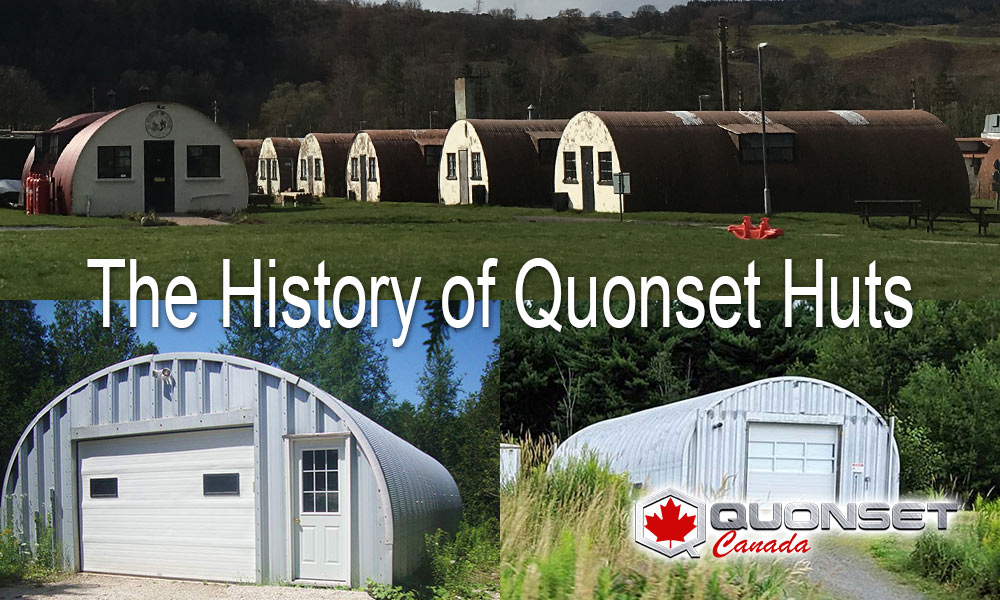The History of the Quonset Hut
A Quonset hut is a semicircle building made of galvanized steel, which is an icon of war movies set during World War II.
Early Designs
But, the Quonset hut has a lengthier history. The design actually borrowed heavily from the British Nissan Hut of World War I. The Quonset hut was designed to be a relatively lightweight structure that could easily be erected and taken down without specially skilled labor. The structures needed to be easily transported by ship or air for remote bases. Over time the basic design of the Quonset hut has changed and improved based on desired use. For the most part today’s Quonset hut is fairly different from its early cousin.

World War II Innovation
During World War II it became necessary to look at other materials to build the Quonset hut. Steel was a commodity that was essential to other areas of the war effort. And they found that it rusted to easily in the Pacific Theatre. Out of this need the Pacific Hut was born. It was constructed completely of wood. It even had a wood cover.

This new and improved hut opened room for further improvements as other bigger and better huts were introduced. They adapted the huts to use as dispensaries, latrines, hospitals, and other special facilities, the details were worked out and checked by actually erecting units in the field at the proving ground, to determine the practicability of the design for field use. In all, 86 approved interior layout plans were prepared for the small hut and the large 40-by-100-foot arch-rib warehouse.
Modern Day Quonsets
Today, warehouses and many other steel structures use the design of the Quonset hut. The structures are still widely used in Canada and America except from the state of Alaska where it has been banned. The reason for the ban that there are already too many of them in the state, some are too old and useless and have become environmental hazards.

